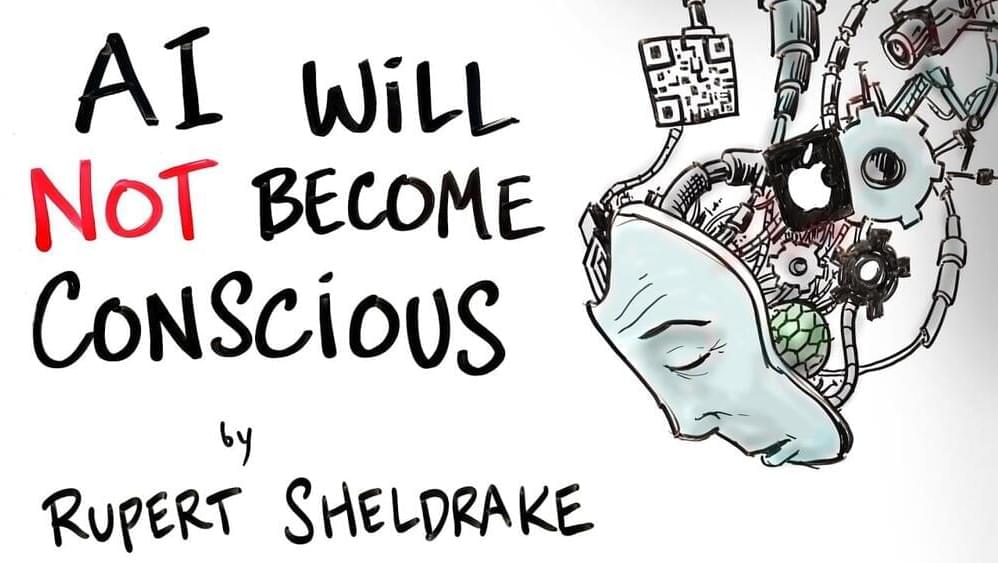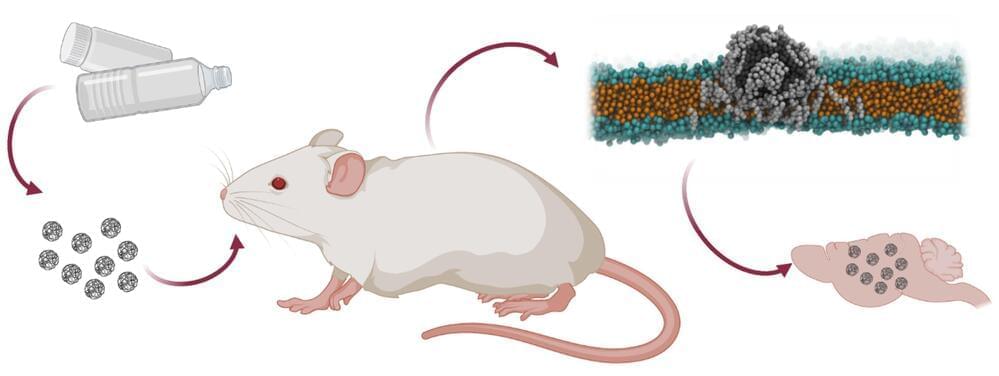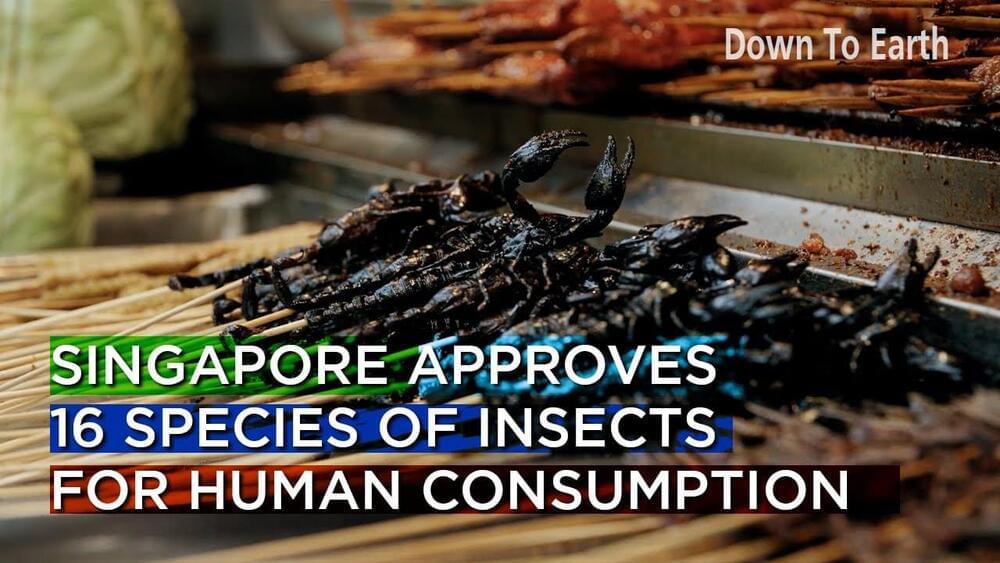Apr 24, 2023
Networks of Silver Nanowires Appear to Learn And Remember Like The Human Brain
Posted by Paul Battista in categories: food, nanotechnology, robotics/AI
Over the past year or so, generative AI models such as ChatGPT and DALL-E have made it possible to produce vast quantities of apparently human-like, high-quality creative content from a simple series of prompts.
Though highly capable – far outperforming humans in big-data pattern recognition tasks in particular – current AI systems are not intelligent in the same way we are. AI systems aren’t structured like our brains and don’t learn the same way.
Continue reading “Networks of Silver Nanowires Appear to Learn And Remember Like The Human Brain” »

















